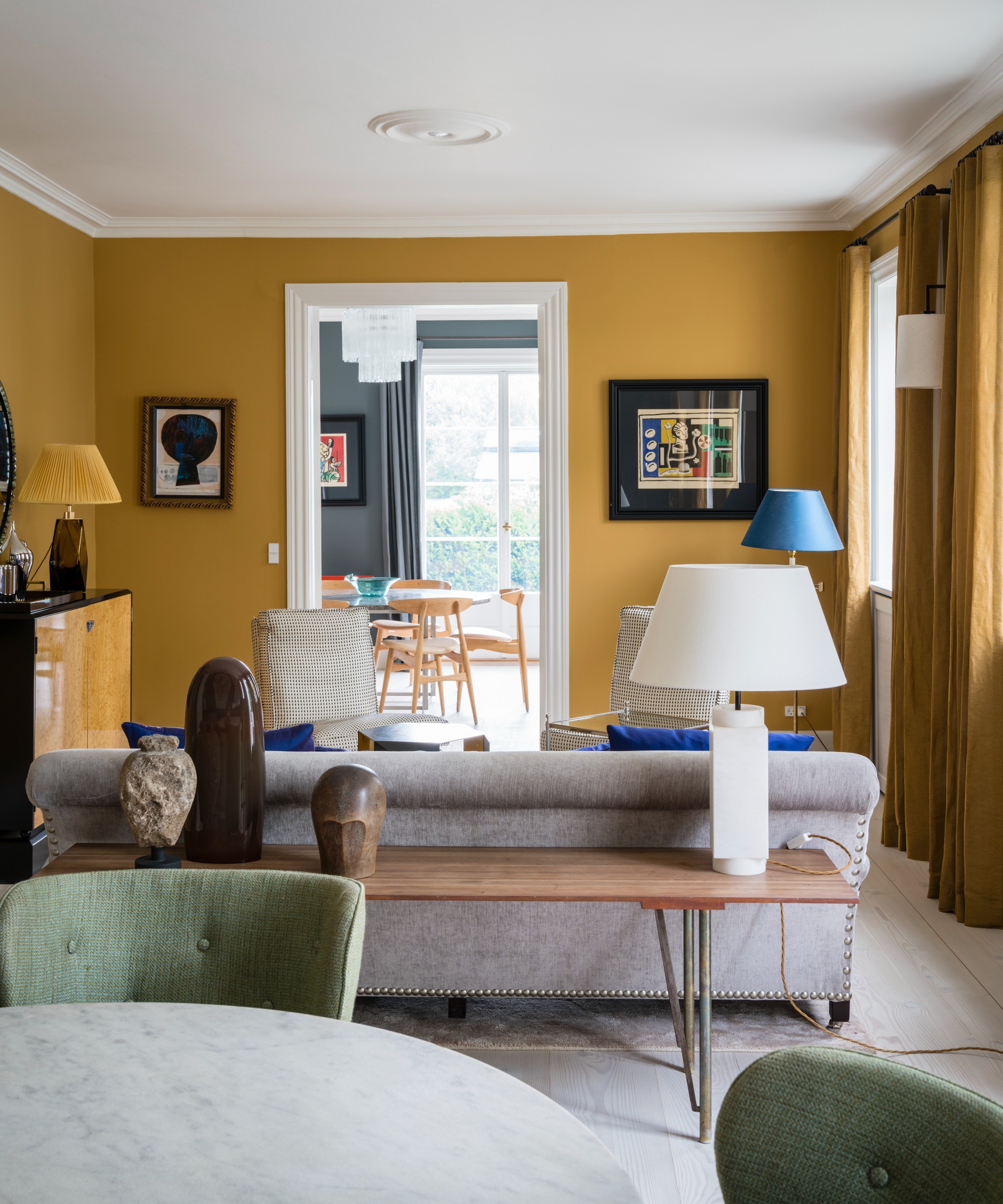
Knowing what colors to choose for your home decor can be tricky. It's not just about choosing a palette for one room, but ensuring there's some level of cohesiveness between each of the rooms.
Having a sense of togetherness with your color trends throughout your home will help make your home appear more considered from a design perspective. However, this doesn't mean you need to have the same colors in every room; it's all about deciding on one broader palette that can then be interpreted differently to fit each of your rooms.
To help get a better understanding of what this means and how you can realize this in your home decor, we're taking inspiration from interior designer Jordan Samson who shared a video explaining these intriguing color rules.
'Start with a defined color story for your entire home, but this doesn’t mean that you need to use the same three or four colors in every single room,' explains Jordan. So, if you favor modern, minimalist decor, then your color palette would most likely begin with decorating with neutrals. Or, for a mid-century modern home, as Jordan uses as an example in his video, you would start with a palette of earthy colors, such as forest green and mustard yellow.
'From there we can build out the color palettes for each room,' says Jordan. 'This could look like a living room with two of those colors dispersed with the drapery, lighting, and accent chairs, and then in the kitchen, maybe we introduce a different tone of green for the tile and sprinkle in some wood accents. And then in the bathroom, we’re introducing another color entirely with the blue tiles or even more simply with bath towels.' the designer explains.

By following these ideas, you will ensure that the look is consistent throughout your home, yet there's enough difference between your room color ideas so it doesn't look bland.
Once you've decided on the main colors for your walls or tiles, Jordan adds that you can continue this color theory with smaller decor pieces too: 'Think smaller scale with easier-to-change items like vases, artwork, throw pillows, and blankets, bedding. These are all really great ways to introduce and play around with different colors within your story.'
If you're finding it difficult to know where to start with choosing colors for your home, this is a good place to begin. Once you decide on the overall palette, which should come naturally from your design style, you can't go too wrong with experimenting with these hues throughout your home decor ideas.







